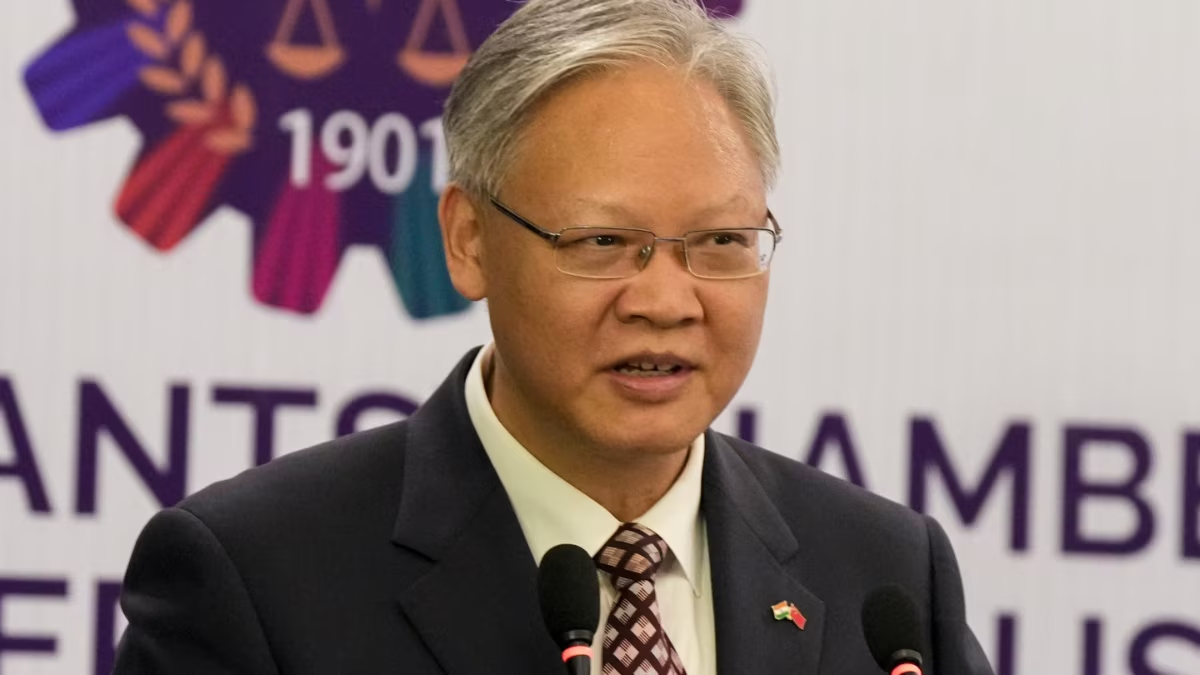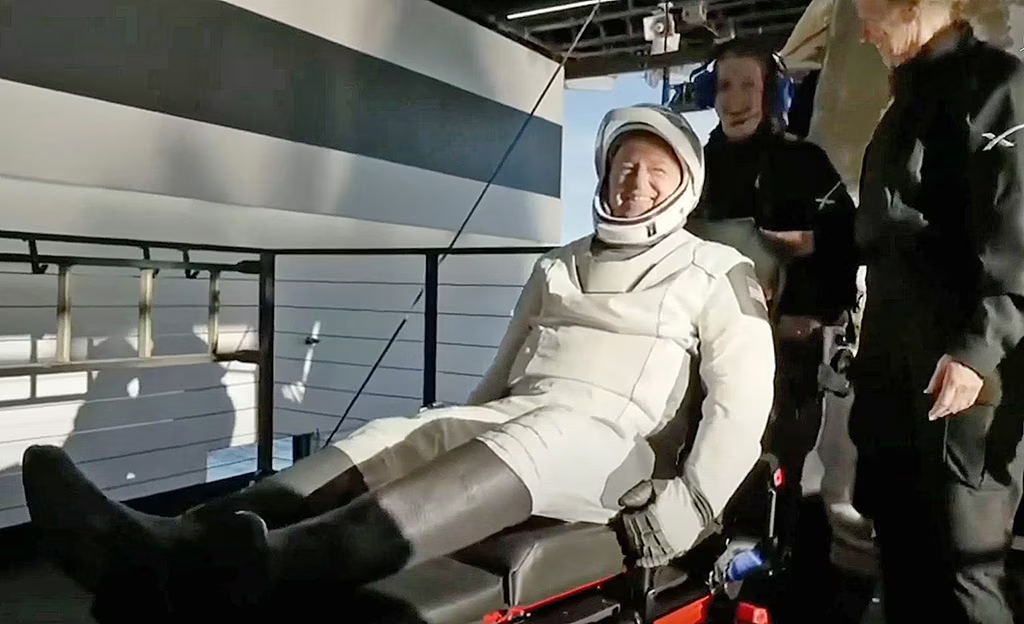India-China Ties: Ambassador Feihong Expresses Hope for a ‘Better and Better’ Future, Emphasizes Mutual Effort

New Delhi, June 9, 2025 — In a notable diplomatic statement amid fluctuating relations between two of Asia’s largest powers, Chinese Ambassador to India, Xu Feihong, has expressed optimism about the future of India-China ties, stressing that “a better and better future” is possible if both countries work sincerely toward that goal.
Speaking at a bilateral event organized by a think tank in New Delhi, Ambassador Feihong acknowledged that while challenges persist, the historical, cultural, and economic linkages between the two nations offer a strong foundation for cooperation. “There is great potential between India and China,” he said. “Our civilizations have coexisted for thousands of years, and our cooperation in the modern era can be even more meaningful. But it requires commitment, respect, and joint efforts from both sides.”
Diplomatic Reset on the Horizon?
Ambassador Feihong’s comments come at a time when India-China relations have been strained following border tensions, trade imbalances, and differing geopolitical alignments. The Line of Actual Control (LAC) continues to be a sensitive issue, especially after the 2020 Galwan Valley clash, which marked a significant turning point in bilateral trust.
Mutual suspicion lingers despite disengagement efforts and multiple rounds of talks at military and diplomatic levels. However, recent months have seen a relative de-escalation, with both sides showing increased willingness to re-engage economically and politically.
Feihong struck a cautiously optimistic tone: “We do not deny the complexities of our relationship. But we also must not deny the opportunities that lie ahead. It is not enough to hope for peace and prosperity—we must work for it.”

Shared Interests in Trade, Climate, and the Global South
Feihong highlighted areas where the two Asian giants could collaborate meaningfully. “Trade between our countries has crossed $135 billion. This is a testament to how interlinked our economies are,” he said. “India is a key partner in the region, and our cooperation can benefit not just us, but the entire Global South.”
He also suggested that India and China could jointly lead initiatives on climate change, technological innovation, and reforms in multilateral institutions like the United Nations and the World Trade Organization. “As emerging economies, our voices must be heard. Together, we can make a difference globally.”
In a veiled reference to growing Western influence in Asian affairs, Feihong remarked, “Asia’s future must be decided in Asia. We should strengthen our strategic autonomy and avoid being drawn into external rivalries.”
India’s Response: A Mixed Bag
India’s Ministry of External Affairs (MEA) has not officially responded to Feihong’s remarks, but sources indicate that New Delhi views the statement as a positive, albeit cautious, signal from Beijing.
A senior Indian official who declined to be named said, “We always welcome constructive dialogue. However, normalization of relations is only possible if there is peace and tranquility at the borders. Trust must be restored through actions, not just words.”
India has consistently maintained that while economic and cultural ties are important, peace along the LAC is the precondition for full normalization.
The Road Ahead: Dialogue, Not Deadlock
Feihong acknowledged the need for open and sincere dialogue, stating that regular communication between the two governments, militaries, and think tanks is crucial. “When we talk more, we understand more. Misunderstandings can be resolved. Confidence can be rebuilt,” he said.
He also welcomed more people-to-people exchange, student cooperation, and tourism as “bridges of friendship” that can soften political disagreements. “Let our youth meet, let our artists collaborate, let our scientists innovate together. This is how trust is built at the grassroots level.”
He expressed hope that the upcoming BRICS summit, to be hosted in Kazan, Russia, later this year, could serve as a platform for a bilateral meeting between Prime Minister Narendra Modi and Chinese President Xi Jinping. “A handshake can lead to a new beginning,” Feihong said.
Challenges Remain
Despite the ambassador’s positive outlook, experts caution against over-optimism. The unresolved border dispute, India’s increasing military partnerships with the West (especially through the Quad alliance), and China’s assertiveness in the Indo-Pacific remain significant irritants.
Professor Ranjit Mohan of Jawaharlal Nehru University commented, “Diplomatic niceties aside, we must assess whether there’s a genuine shift in Beijing’s policy toward New Delhi. Past optimism hasn’t always translated into reality.”
Public opinion in India also remains wary. A recent poll conducted by the Centre for Strategic Studies found that over 60% of Indians believe China poses a significant security threat, while only 18% favor closer ties without a firm border resolution.
Looking Ahead
Ambassador Feihong’s speech, however, marks a deliberate attempt by Beijing to project a softer, more cooperative image in South Asia. As India emerges as one of the fastest-growing economies and a pivotal player in global diplomacy, China appears keen on recalibrating its approach.
Whether this overture leads to a substantive thaw in ties remains to be seen. But the tone and timing of the message suggest that both sides may be inching, however slowly, toward a reset.
As Feihong concluded in his speech, “We cannot change the past, but we can shape the future. The dragon and the elephant must dance together, not clash.”











